Lichens: partners for life
5 min read / January 25, 2024 / By Liz Thompson
Our website uses cookies to improve your experience. To learn more about how we use cookies, please review our privacy policy.
Can't find what you're looking for? Please contact us.
Lichens are fascinating organisms that color our world, help cycle nutrients in ecosystems, feed caribou and other animals, and let us know if the air is clean. They grow on rocks, on living trees, on decaying wood, and on the forest floor. Lichens cover about 7% of the earth’s surface, sometimes in extreme conditions.
This is the common first question of the card game, “20 Questions.” That goes back to the earliest classification of living things into two Kingdoms—plants and animals. Everything else, all the non-living stuff, was mineral. These days, the classifications are more complex. But lichens have never been easy to classify into any big group. They aren’t plants and they aren’t fungi. Each lichen is made up of a fungus and another organism, either an alga or a cyanobacterium (formerly called blue-green algae). The two organisms help each other—the algae or cyanobacteria photosynthesize and feed the fungus, and the fungus provides protection and anchoring for the delicate green cells.
Lichens are often classified into three growth forms. Foliose lichens are like leaves. Fruticose lichens are like little bushes. Crustose lichens are—you guessed it—like crusts.
Horizontal pelt lichen (left) is a foliose, or leafy, lichen that is loosely attached to rocks or wood.
Reindeer lichen (center) is a common fruticose lichen that covers vast areas of the boreal forest and tundra, providing an important food source for caribou and other mammals.
Golden moonglow lichen (right) is a crustose lichen, clinging closely to a granite boulder. Crustose lichens also grow commonly on trees.
Pin-cushion sunburst lichen, Polycauliona polycarpa, is one of the most colorful and dramatic lichens you might find in our area, and it can be found all over the world. The bright orange cups seen here are the reproductive structures, called apothecia. They contain spores that will fly on the wind and colonize new habitat. The spores are only from the fungus, not the green part of the lichen, so when they land, they need to find a suitable partner, the correct alga or cyanobacterium.
Lung lichen, Lobaria pulmonaria, is a showy foliose, or leafy, lichen that grows mainly on old trees in moist forests. In fact, it is one of the lichens we associate with old growth forests, because it is most common in those places. It is sensitive to pollution and is used as an air quality indicator. Here it is growing on an old sugar maple in a high mountain gap.
Sea storm lichen, Cetrelia olivetorum, is a leafy, or foliose, lichen with a distinctive blue-green color, and with reproductive structures at the edges. Like so many lichens and other organisms dispersed by tiny spores, this one is found worldwide, on trees or mossy rocks in shady forests.
Mealy pixie-cup is a member of the very large genus Cladonia, and while this one might belong to Cladonia chlorophaea, that “species” actually contains several species that can only be told apart by chemical analysis. These are also called mealy goblet, peppered pixie cup, and fairy-cup. The reproductive structures are found at the edges of those little cups.
Well, there you have it—a lichen so aptly named for its habitat! Cladonia parasitica is known as fence-rail lichen, and that’s exactly where this one is growing. Although its name suggests it is a parasite, lichens are not parasites—they do not steal nutrients from their substrates but only use them for support. If you look closely at this lichen, you will see small brown bulbs at the tips—these are the reproductive structures.
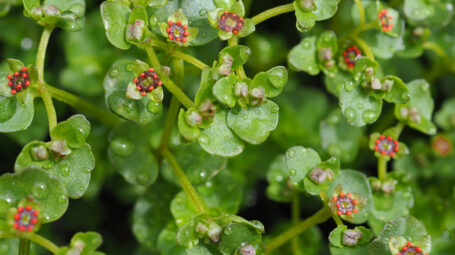
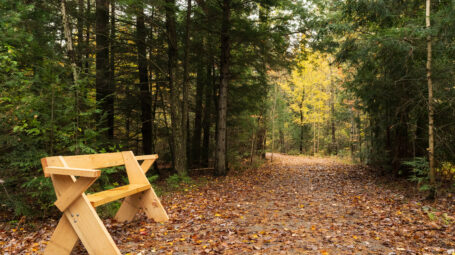
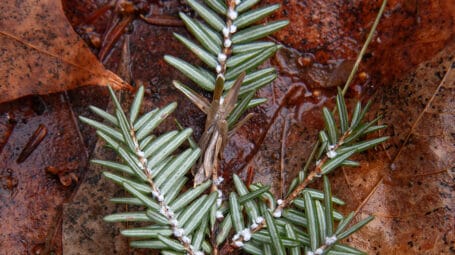
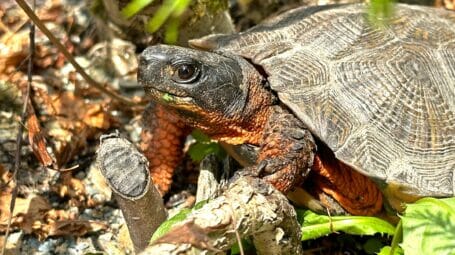
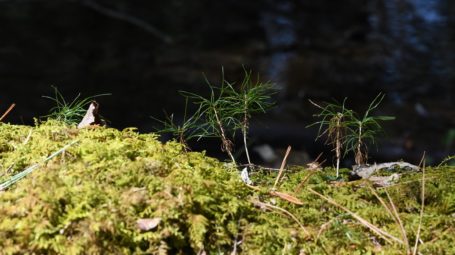
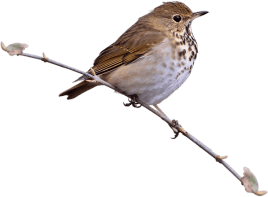
We generally send two emails per month. You can unsubscribe at any time.